Homemade Iron Supplement (Theoretical)
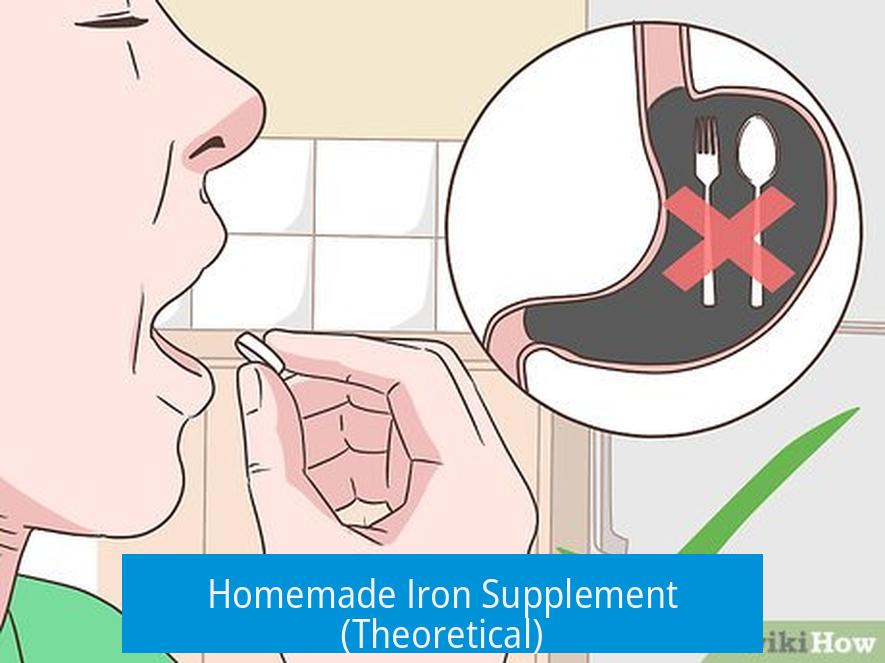
Creating a homemade iron supplement involves complex chemical and safety considerations, requiring pharmaceutical-grade materials and expert formulation to ensure efficacy and safety. Attempting to make such supplements at home poses risks from contamination, inaccurate dosing, and toxicity.
Common Forms of Iron in Supplements
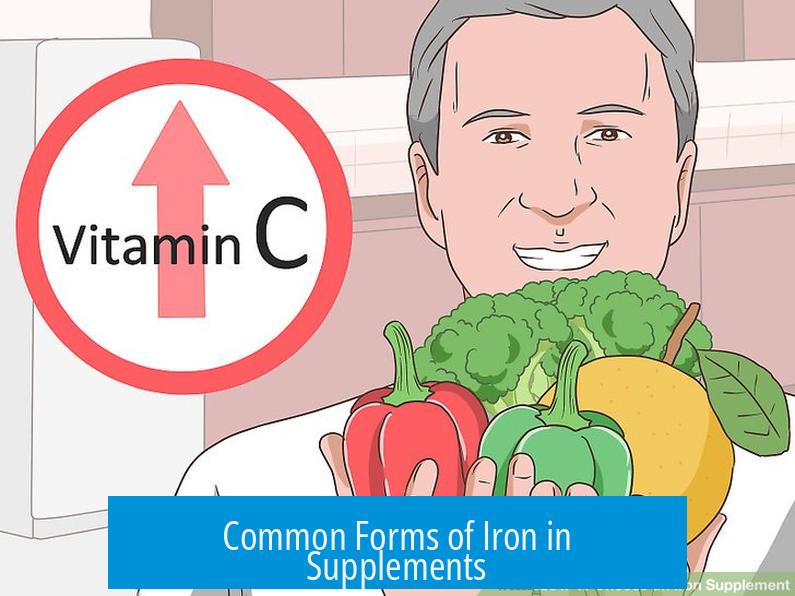
Iron (II) sulfate is the most common iron salt found in commercial supplements. It often combines with compounds like gluconate or dextran to improve stability and absorption. However, this compound can have a metallic or unpleasant taste, which is a known drawback.
Safety and Precautions
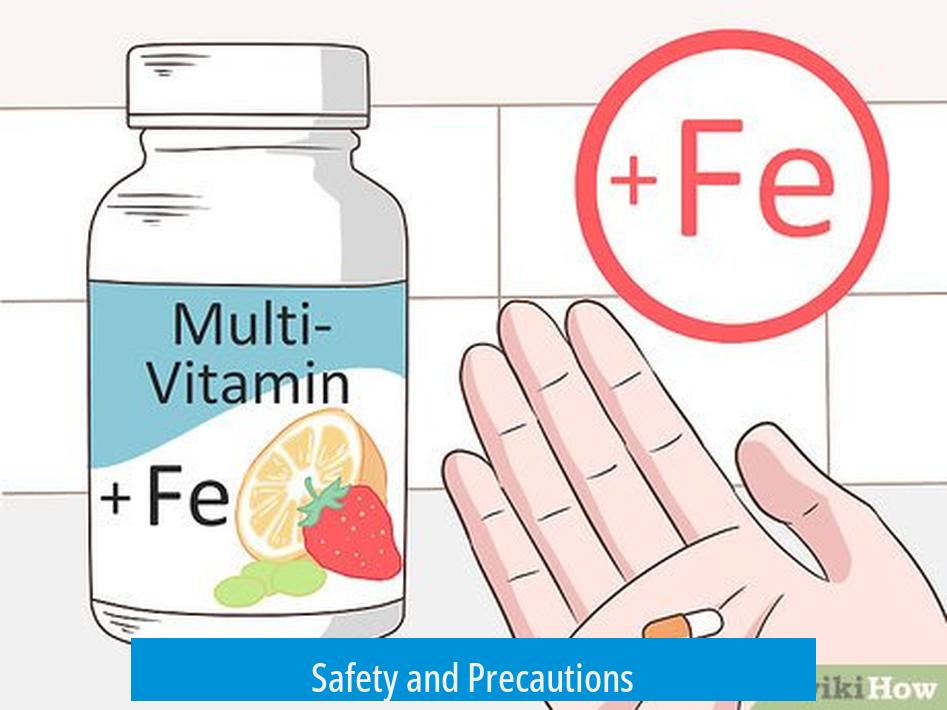
Manufacturing iron supplements safely demands pharmaceutical-grade iron salts. Using non-pharmaceutical sources, such as agricultural-grade iron sulfate or mixing iron with commercial sulfuric acid, increases contamination risk with heavy metals. Precision is critical; scales that measure to four decimal places are necessary for correct dosing.
Medical supervision is essential before using or making iron supplements. Excessive iron intake can cause toxicity and damage organs. Self-medicating without a healthcare provider’s guidance is dangerous and not recommended.

Optimal Formulation for Bioavailability
An ideal homemade iron supplement would target formulations like ferrous glycine sulfate. This complex is noted for higher oral bioavailability than simple iron salts. The Merck Index references this chelate as labile, contributing to better absorption and reduced gastrointestinal side effects.
Liquid formulations of ferrous glycine sulfate improve iron uptake, making the iron more efficient and less damaging to the digestive tract compared to traditional iron supplements.
Dosage and Toxicity Management
Formulating an iron supplement requires calculating a stable daily dose that remains below toxic levels. Generally, iron intake should not exceed 200 mg of elemental iron per day to prevent adverse effects. Monitoring and controlling dosage precision is critical in homemade preparations.
Alternative Dietary Iron Sources
Natural iron intake through diet is often safer and more practical. Liver, for example, contains heme iron with excellent bioavailability. Occasional consumption of liver boosts iron levels effectively without the risks associated with self-made supplements.
Key Takeaways
- Iron (II) sulfate is common but often combined with other compounds in supplements for improved effect.
- Homemade supplements require pharmaceutical-grade materials and precise measurement tools.
- Ferrous glycine sulfate offers better absorption and less gastrointestinal damage compared to simpler iron salts.
- Iron dosage must remain below 200 mg elemental iron daily to avoid toxicity.
- Medical supervision is crucial before making or taking iron supplements.
- Dietary sources like liver offer a safer alternative to boost iron levels naturally.
Demystifying the Homemade Iron Supplement: A Theoretical Exploration
Can you really make your own iron supplement at home? The short answer: not without a lot of risks and hurdles. But let’s unpack this idea from a theoretical angle, examining common iron supplement types, safety protocol, ideal formulations, dosing, and even a natural alternative for boosting iron.
Iron supplements aren’t one-size-fits-all powders you just toss in a bottle. Most commercial ones use iron (II) sulfate, but not just in its raw form. You’ll typically find it combined with compounds like gluconate or dextran to improve absorption and reduce side effects. Imagine making a vitamin pill with plain iron (II) sulfate — it wouldn’t be a pleasant taste nor gentle on your stomach.
Now, suppose you want to replicate this at home. Here’s where things get tricky—and a bit scary. If you’re thinking of using any iron source that’s not pharmaceutical grade, STOP. Most garden or industrial iron sulfate powders come with hazardous baggage—heavy metals like lead or arsenic might hitch a ride. Plus, attempting to synthesize iron salts by mixing “iron” with commercial sulfuric acid is a recipe for disaster (and not the delicious kind).
To safely make iron supplements, you’d need access to pharmaceutical-grade iron salts—meaning the purest, clinically tested chemicals. Plus, you’d have to measure exactly, down to four decimal places. You might say, “How hard can it be?” Well, a kitchen scale won’t cut it. Precision here isn’t optional; it’s vital. The wrong dose could be ineffective or—worse—dangerously toxic.
But even with the perfect ingredients and scales, creating a safe homemade iron supplement without guidance isn’t something anyone should do alone. Medical supervision is crucial. Taking too much iron can cause iron overload, which harms organs. Your body’s iron store is a balancing act, and doctors know how to measure and adjust it.
Speaking of formulations, there’s one superhero in the iron supplement lineup: ferrous glycine sulfate. Unlike basic iron salts, this compound forms a “labile” iron complex, enhancing absorption and reducing gastrointestinal distress. It scores very high in bioavailability, especially as a liquid supplement. You could say it’s the ‘fancy cocktail’ of iron supplements.
But making even this effective formulation requires more than mixing powders. The process demands chemical knowledge, specific pharma-grade components, and quality control to ensure stability and potency. The goal is a stable daily dose usually less than 200 mg of elemental iron—too much and you risk toxicity; too little and it’s just expensive pee.
Now let’s zoom out a bit. If the idea of DIY iron supplements makes you uneasy (and it should), what about natural ways to boost iron intake? Enter: liver. Yes, plain old liver. Including liver in your diet is a natural, highly bioavailable source of heme iron—the kind your body absorbs efficiently. And bonus: liver packs a nutritional punch beyond iron, offering vitamin A, B12, and other essentials.
But not everyone loves the taste. If that’s you, try it in small amounts, chopped finely in dishes or blended into stews. The key is consistency rather than quantity.
So what’s the takeaway here?
- Homemade iron supplements remain more theoretical than practical, largely because of safety and chemical precision requirements.
- Pharmaceutical-grade iron salts and medical oversight are non-negotiable to avoid contamination or overdose.
- Targeting advanced formulations like ferrous glycine sulfate can offer better absorption but demands chemistry skills.
- Natural alternatives like eating liver are simple, delicious, and effective ways to increase iron intake.
Ever tried making supplements yourself? What was your experience? Drop your thoughts below!
Bonus: Some Practical Tips for Iron Supplement Safety
- Always know your dose: More isn’t better. Stay below 200 mg elemental iron daily unless prescribed.
- Pick your supplement wisely: Ferrous glycine sulfate is better absorbed than simple iron sulfate.
- Consult your doctor: Have your iron levels tested before starting anything new. Self-dosing can lead to iron overload.
- If you eat meat: Incorporate liver occasionally. Your iron levels will thank you.
This wraps up our theoretical deep dive into homemade iron supplements. While the DIY science sounds intriguing, the risks outweigh the benefits. Iron is vital but tricky—play it safe, and rely on proven options.
What type of iron salt is best for making a homemade iron supplement?
Pharmaceutical grade iron salts are necessary. Ferrous glycine sulfate is a good target due to its high bioavailability and efficiency in absorption.
Can I make iron supplements using commercial or agricultural iron sulfate?
No. These sources risk contamination with heavy metals. Only use pharmaceutical grade materials for safety and accuracy.
How important is dosage control in homemade iron supplements?
Very important. You need to keep daily iron intake under 200 mg to avoid toxicity. Precise measurement is essential.
Why is ferrous glycine sulfate preferred for iron supplements?
This form offers better absorption and reduced damage compared to other iron salts. It performs well especially in liquid formulations.
Is eating liver a good alternative to taking iron supplements?
Yes, liver is a natural and tasty source of iron. It can help boost iron levels without the risks linked to homemade supplements.


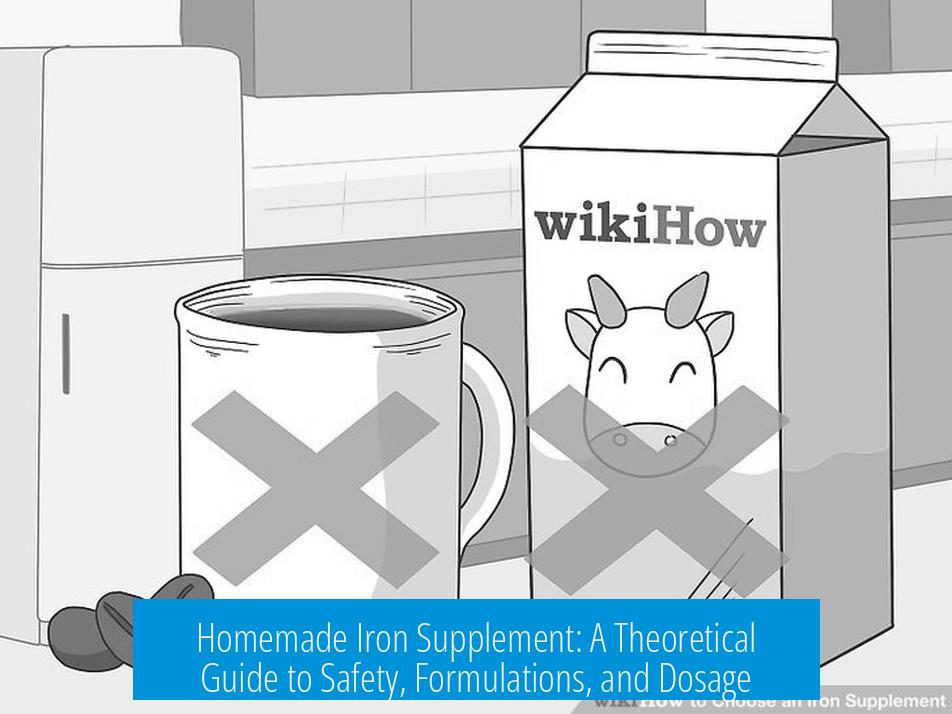
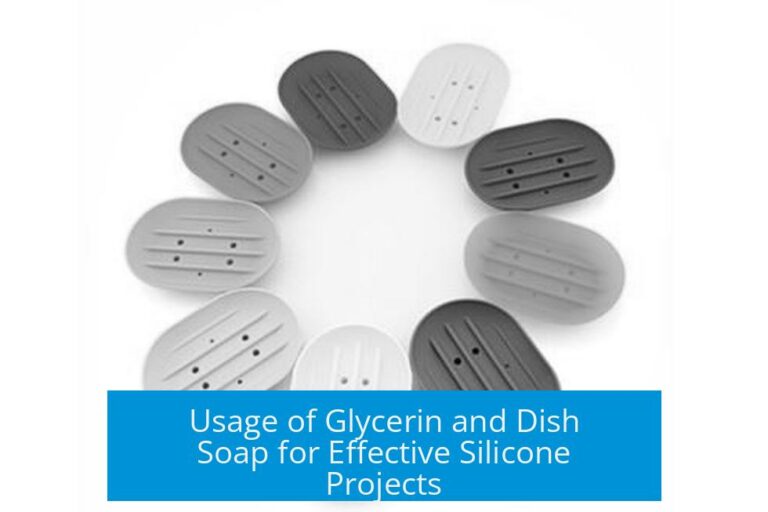

Leave a Comment